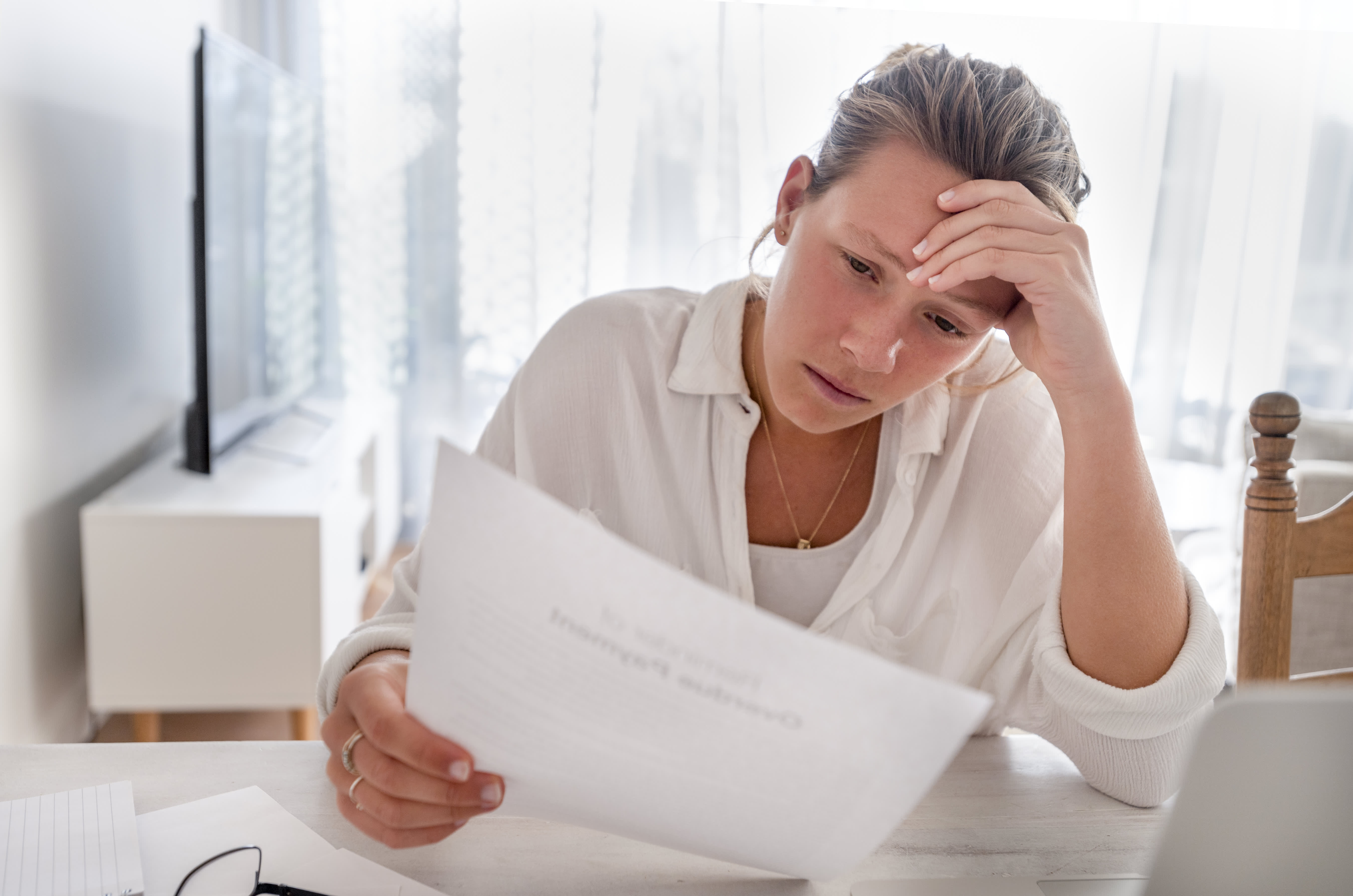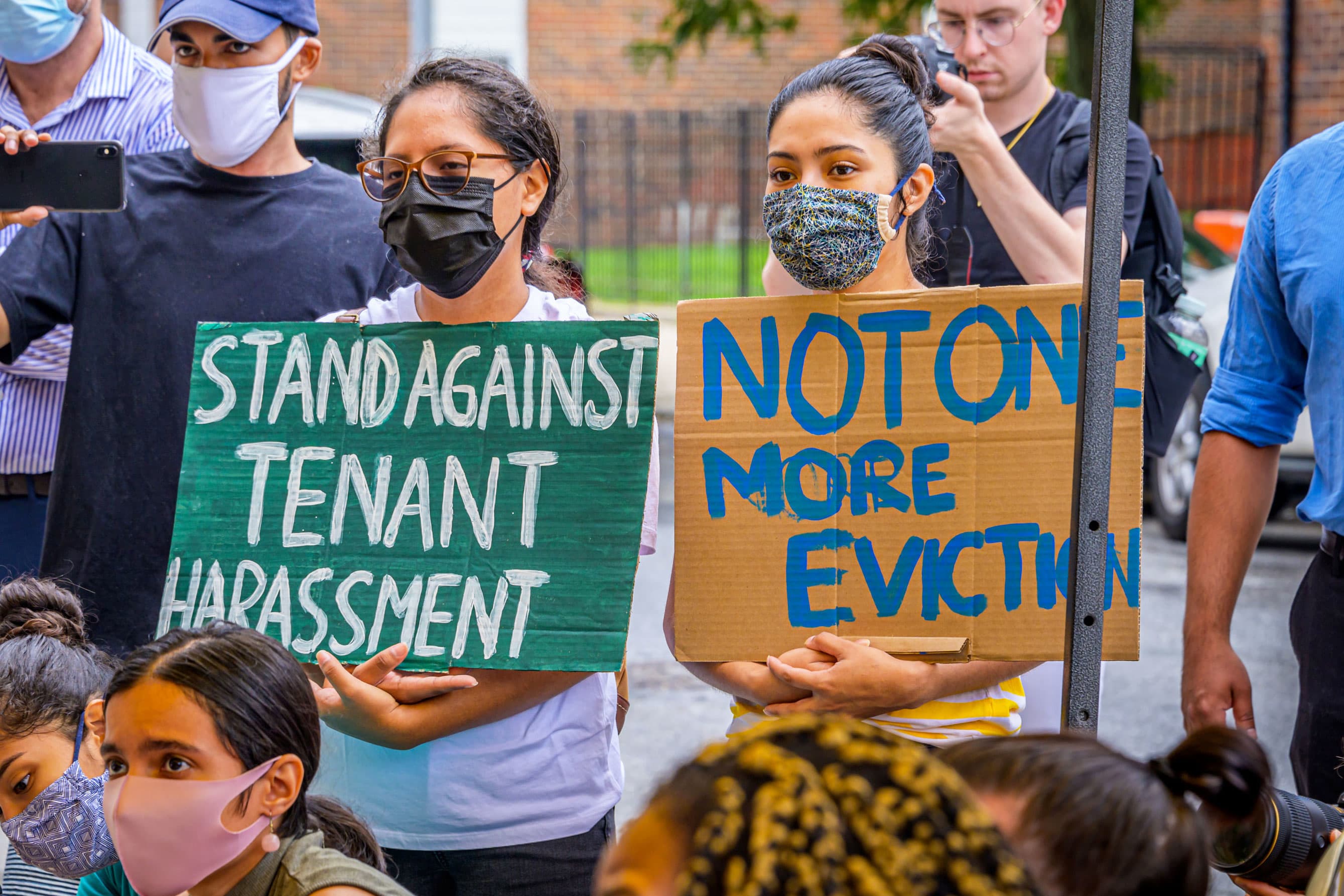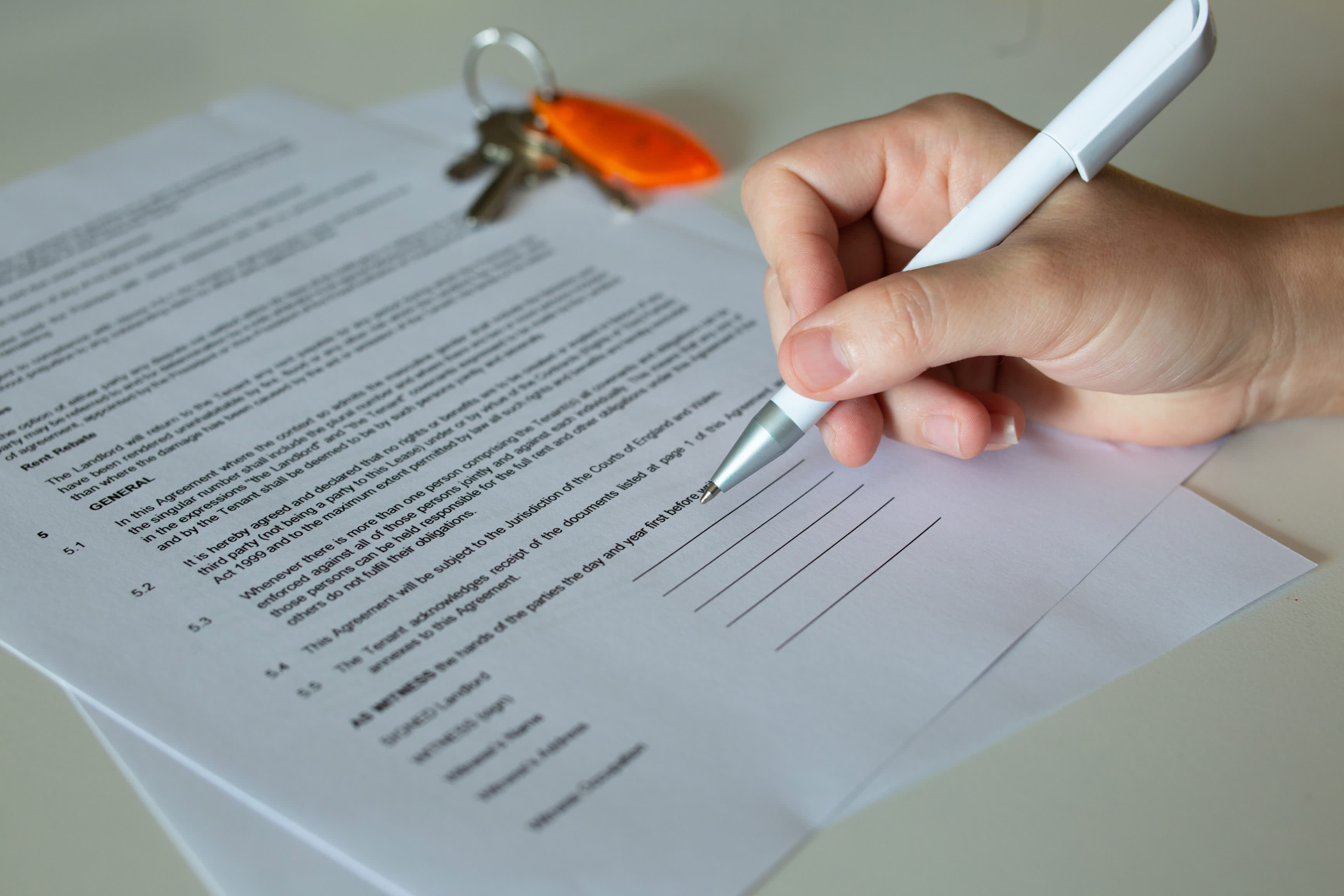What to Know
- For the third year in a row, the Bronx is leading the state in 2021 eviction filings, according to the public eviction filing database.
- Data shows that eviction filings in the Bronx currently stand at 2.17% of households in the borough. The percentage is down from last year (5.59%) and from 2019 (13.23%).
- This year's lower number of evictions could be attributed to the eviction moratoriums put in place due to the ongoing COVID-19 pandemic.
For the third year in a row, the Bronx is leading the state in 2021 eviction filings, according to the public eviction filing database.
There have been eviction filings against more than 2% of all the households in Bronx County so far this year. This number includes eviction filings from January 1 to Sept. 20, according to the site.
Data shows that eviction filings in the Bronx currently stand at 2.17% of households in the borough. The percentage is down from last year (5.59%) and from 2019 (13.23%).
Get Tri-state area news and weather forecasts to your inbox. Sign up for NBC New York newsletters.
EVICTION PROTECTION
Kings County (Brooklyn) comes in second place with 0.86% and New York County (Manhattan) comes in third with 0.80% of its households having eviction filings against them so far this year. Queens has the fourth-highest percentage (0.71%) of households with eviction filings, and Richmond has the 16th-highest percentage with 0.45%.
Eviction filings as a percentage of Bronx's population stand at 0.75%, according to the data, with New York and Kings counties following behind at 0.38% and 0.31%, respectively. Meanwhile, Queens holds the sixth position with 0.25% of its population having eviction filings, while Richmond comes in 19th place with 0.16%.
Overall, from Jan. 1 to Sept. 20, the Bronx has 10,484 eviction filings. This is significantly down from the 63,976 eviction filings in 2019 and 27,007 in 2020. So far this year, Kings County has seen 7,886, New York County has seen 6,130, Queens County has seen 5,532 and Richmond County (Staten Island) has seen 749 eviction filings -- all these figures are down from last year, but even more so compared 2019, prior to the start of the pandemic.
This year's lower number of evictions could be attributed to the eviction moratoriums put in place due to the ongoing COVID-19 pandemic.
New York's governor Kathy Hochul signed into law a new eviction ban earlier this month to protect landlords and tenants at a time when many have lost their jobs due to the economic fallout of the pandemic. The law also addresses the Supreme Court decision to kill off the federal ban on evictions.
Hochul's new moratorium on COVID-related residential and commercial evictions for New York State is in effect until Jan. 15, 2022.
Under the new law, all protections of the Tenant Safe Harbor Act for residential tenants suffering financial hardship due to the pandemic will remain in place, along with additional protections on commercial evictions.
The law also created a $25 million fund to provide legal services to tenants facing eviction proceedings and to help them maintain housing stability in areas of the state where access to free legal assistance for such services is not available.
Additionally, the state's law also established a new $250 million Supplemental Emergency Rental Assistance program to serve additional households and to better support landlords.
Under New York's moratorium, tenants must submit a hardship declaration, or a document explaining the source of the hardship, to prevent an eviction proceeding. Landlords who believe their tenant has not suffered a financial hardship will now be permitted to request a hearing in court.
Landlords can also evict tenants that are creating safety or health hazards for other tenants, intentionally damaging property, and when a tenant has not submitted a hardship declaration.
The legislation also places a moratorium on residential foreclosure proceedings so that homeowners and small landlords who own 10 or fewer residential properties can file hardship declarations with their mortgage lender, foreclosing party, or a court to prevent a foreclosure.




